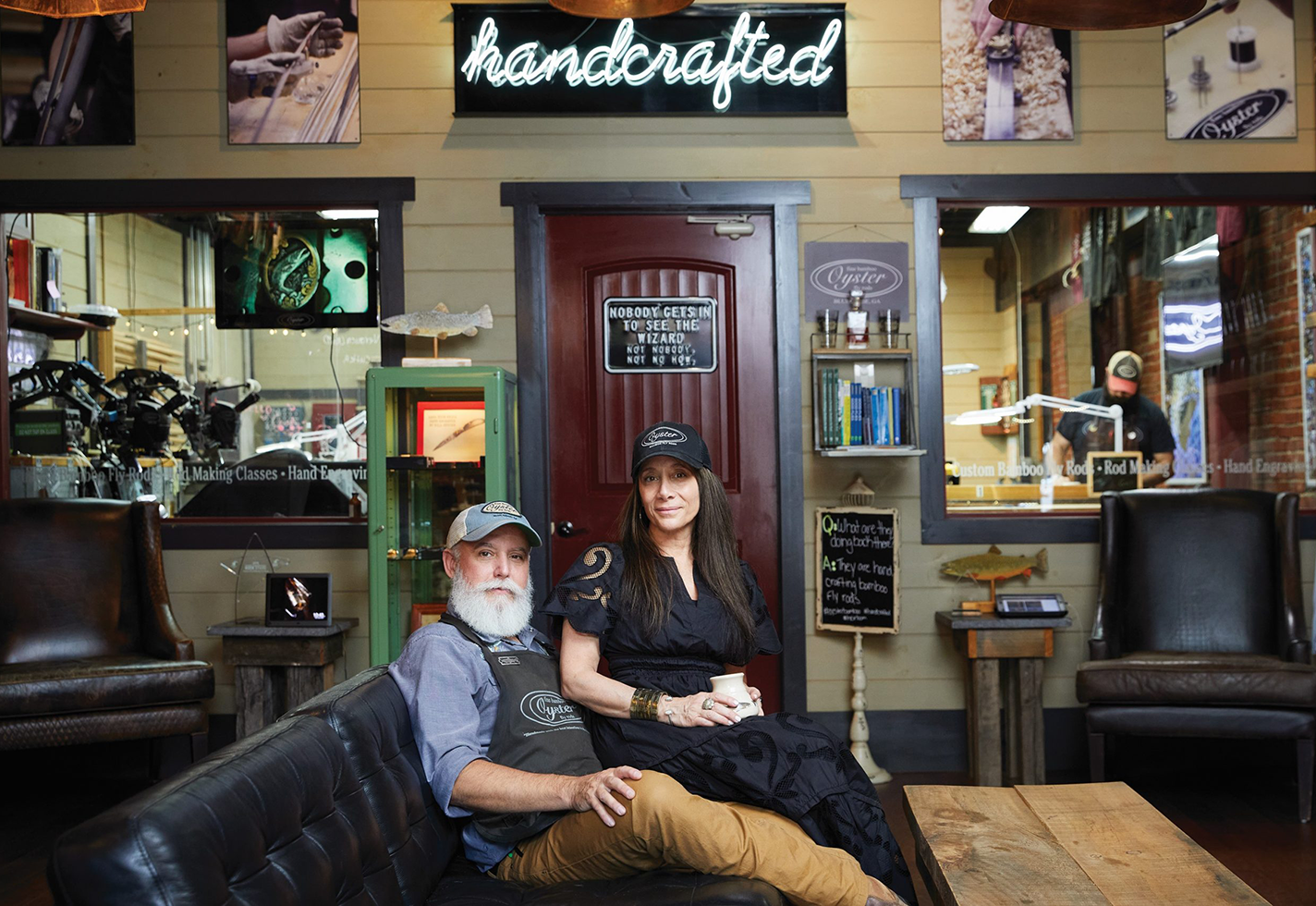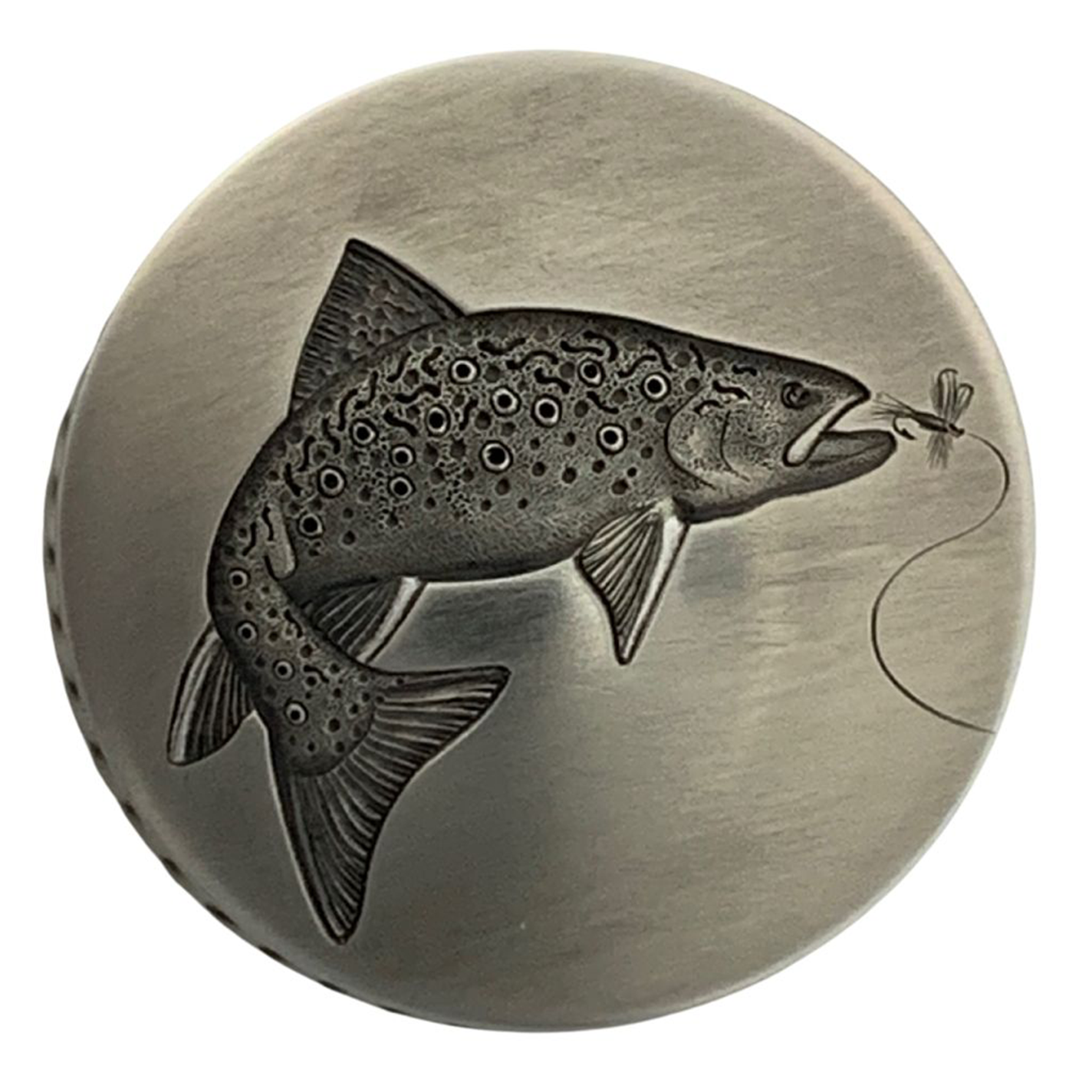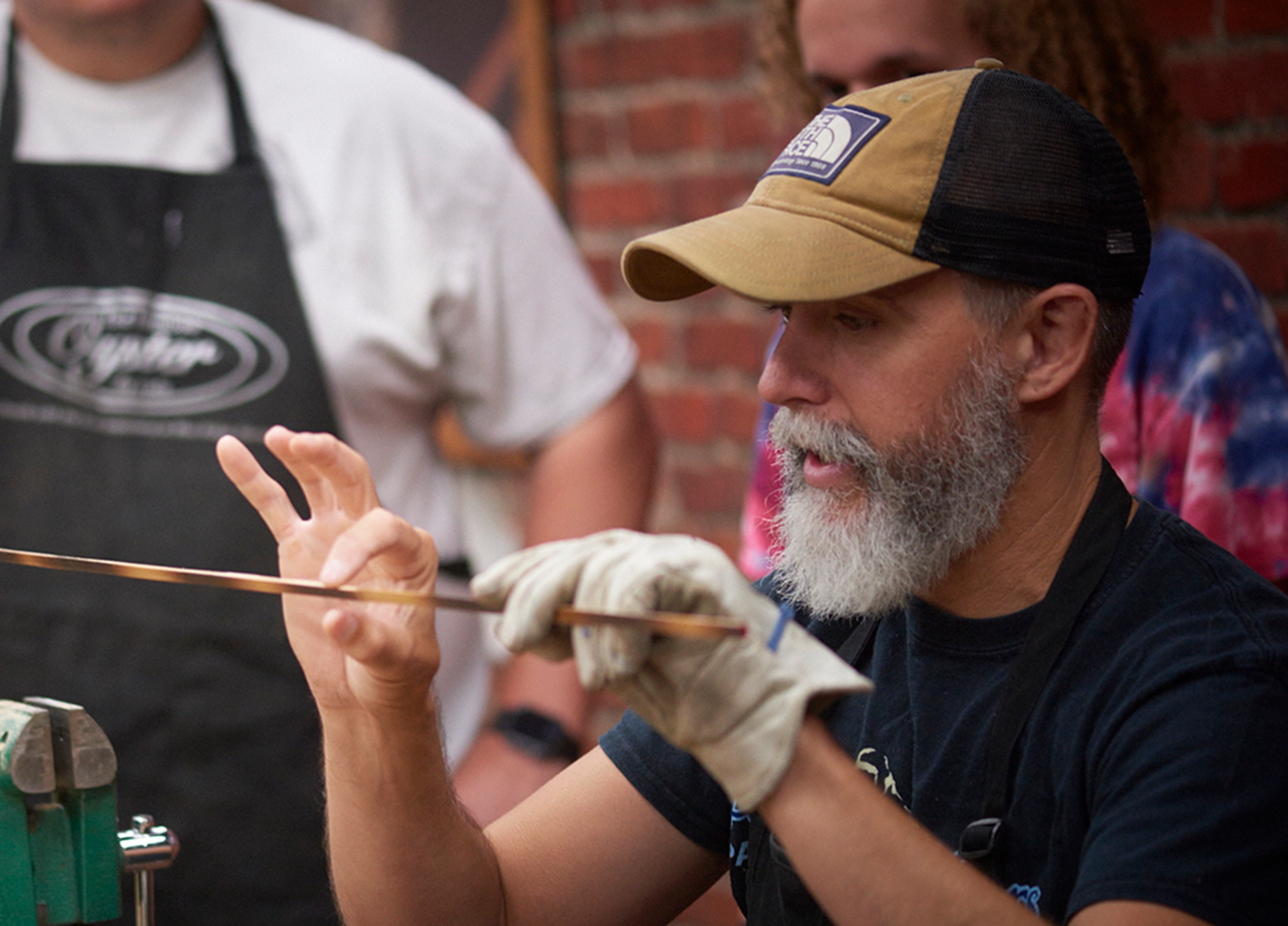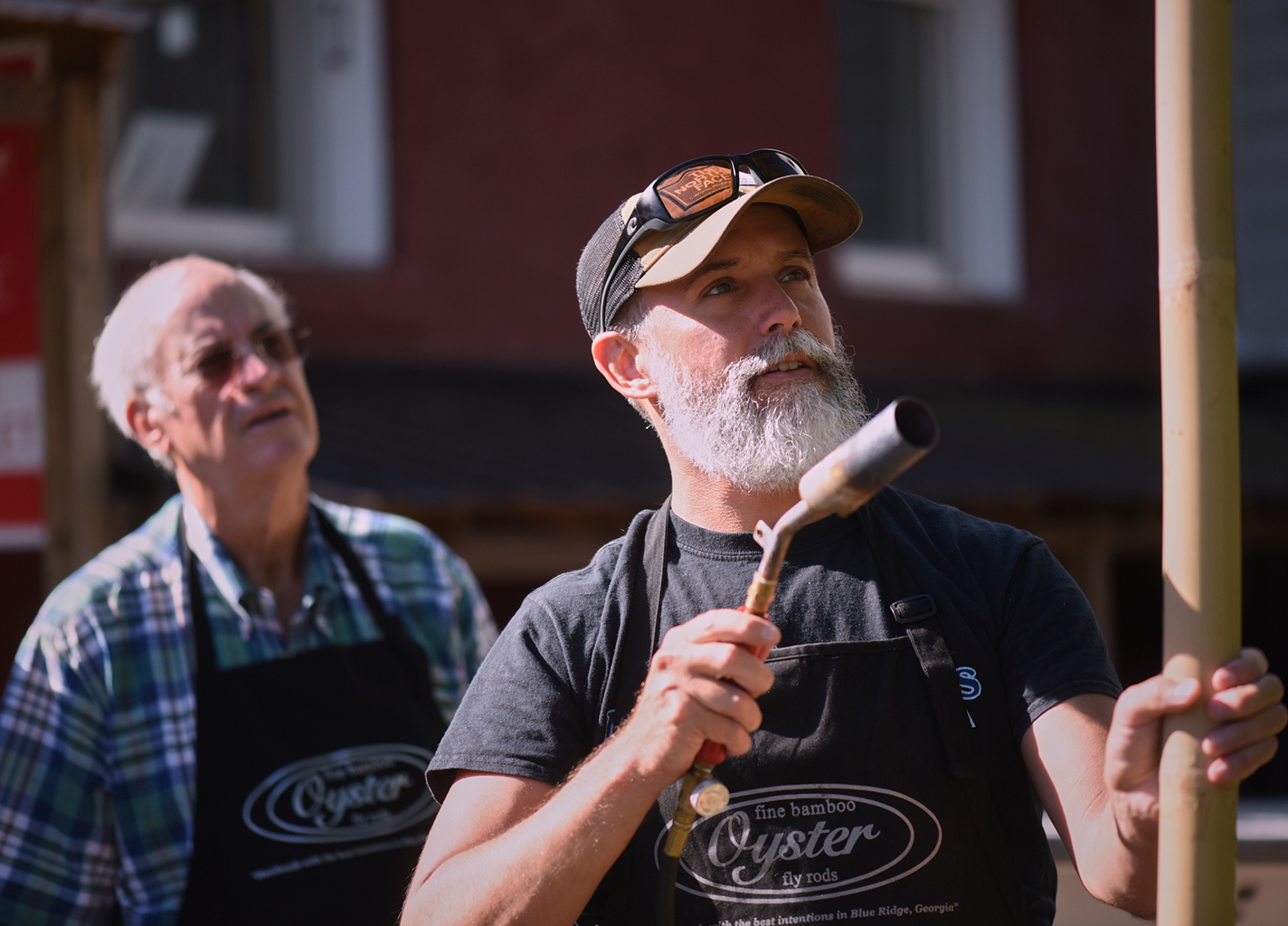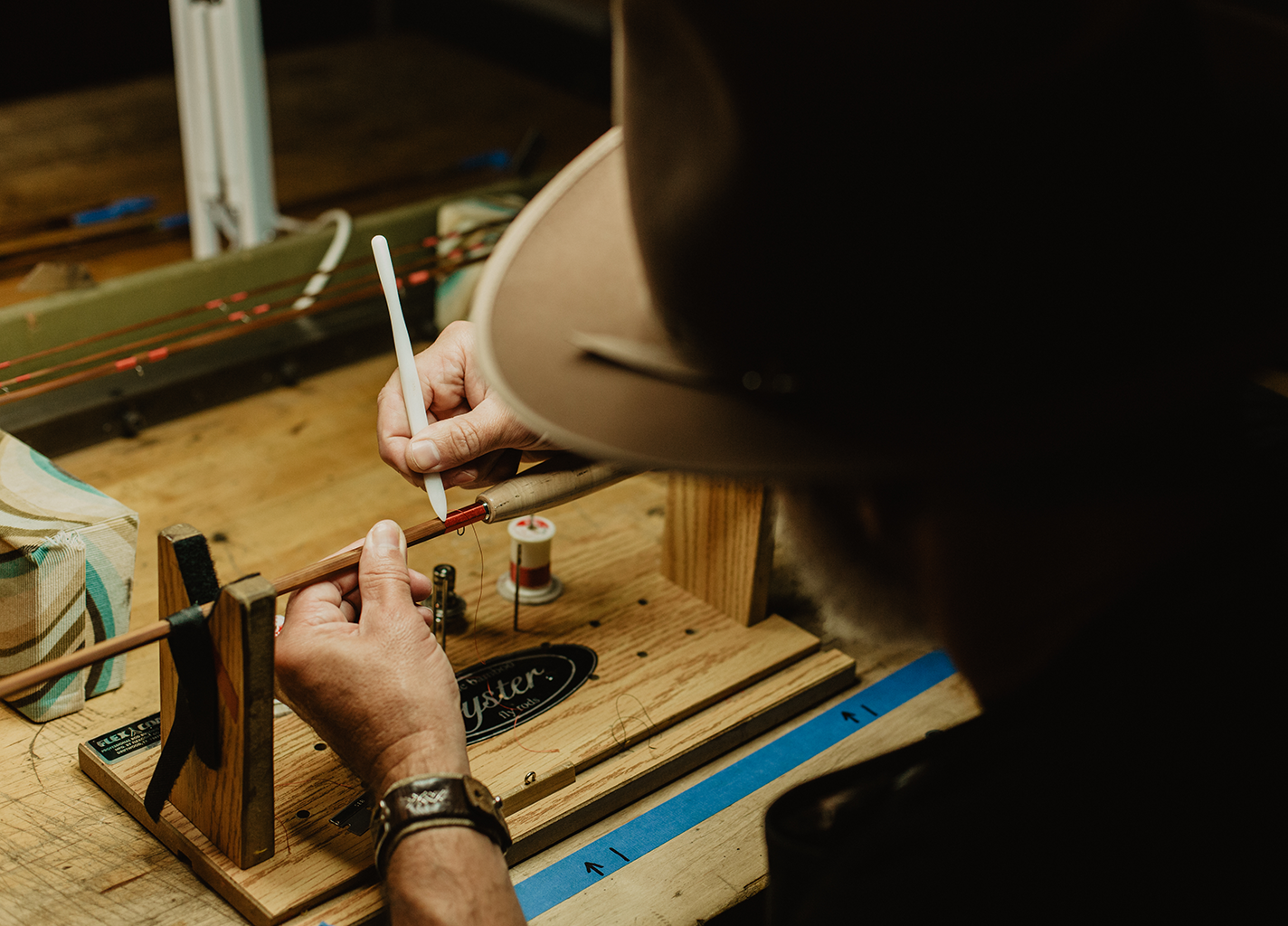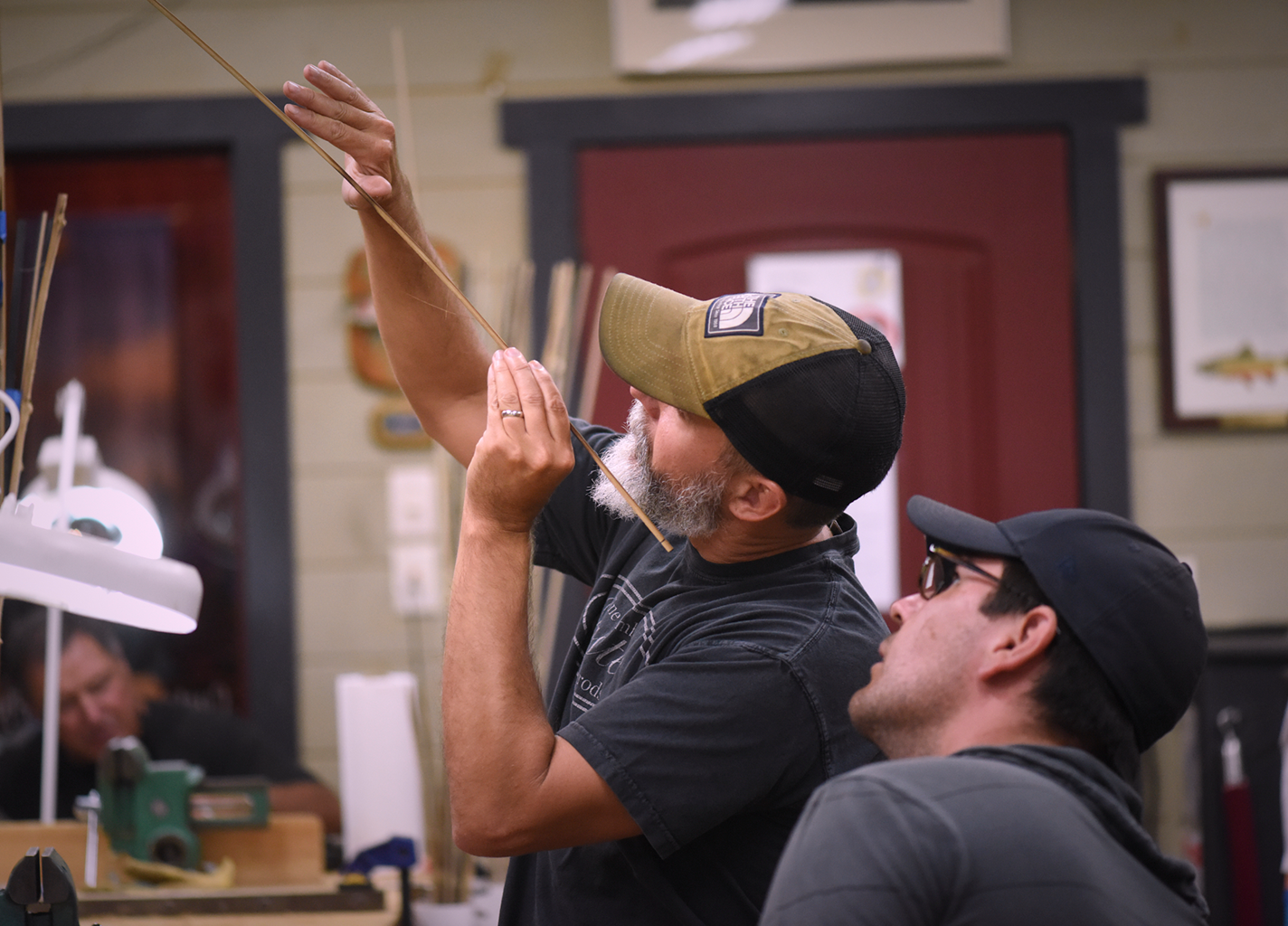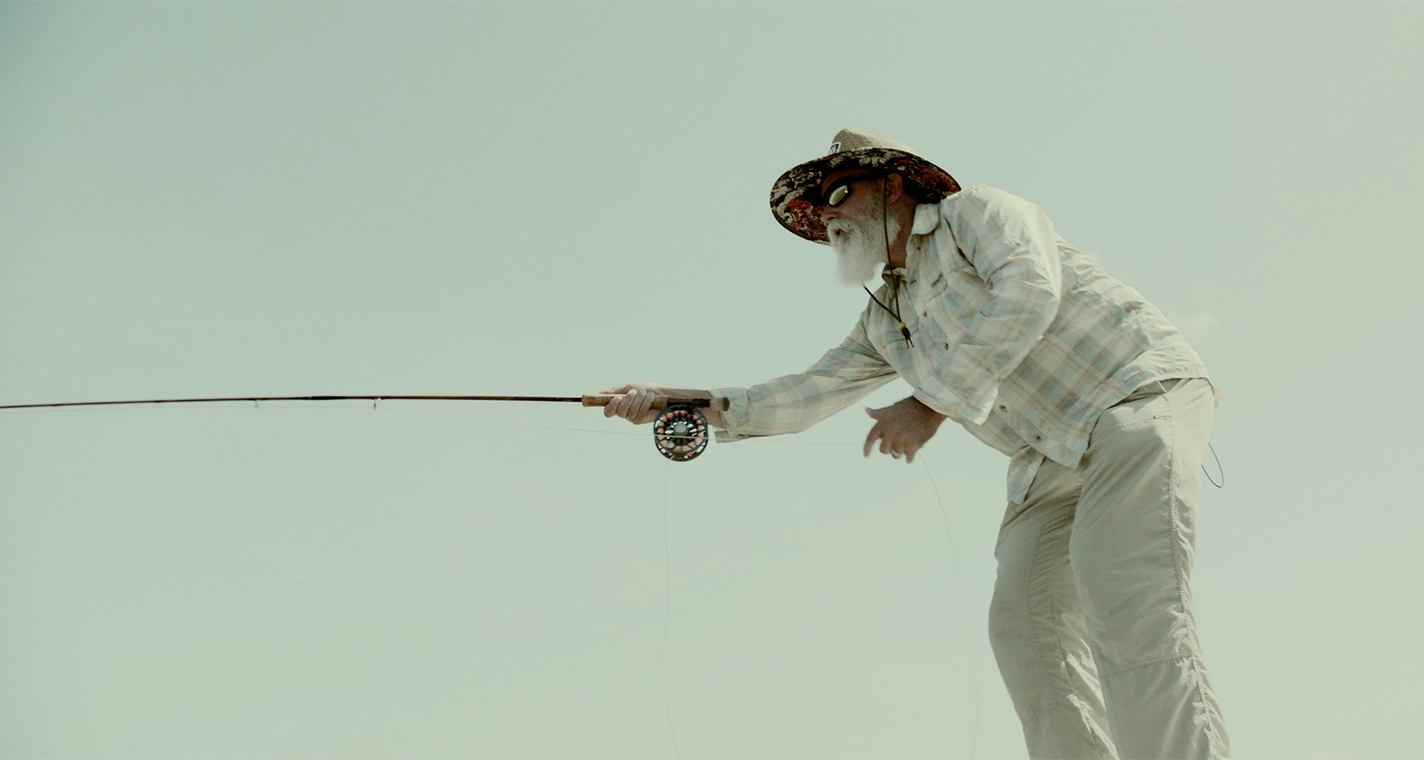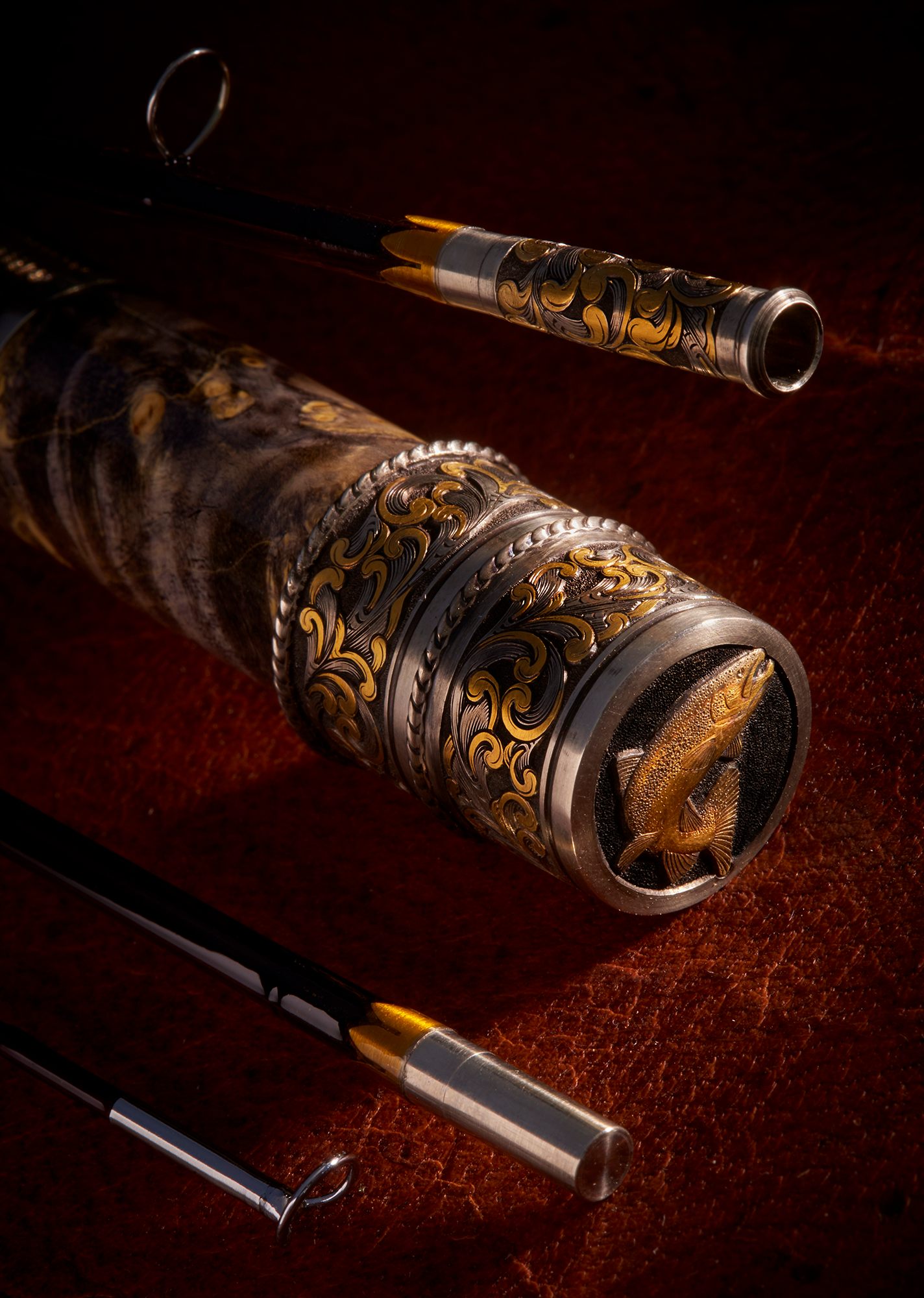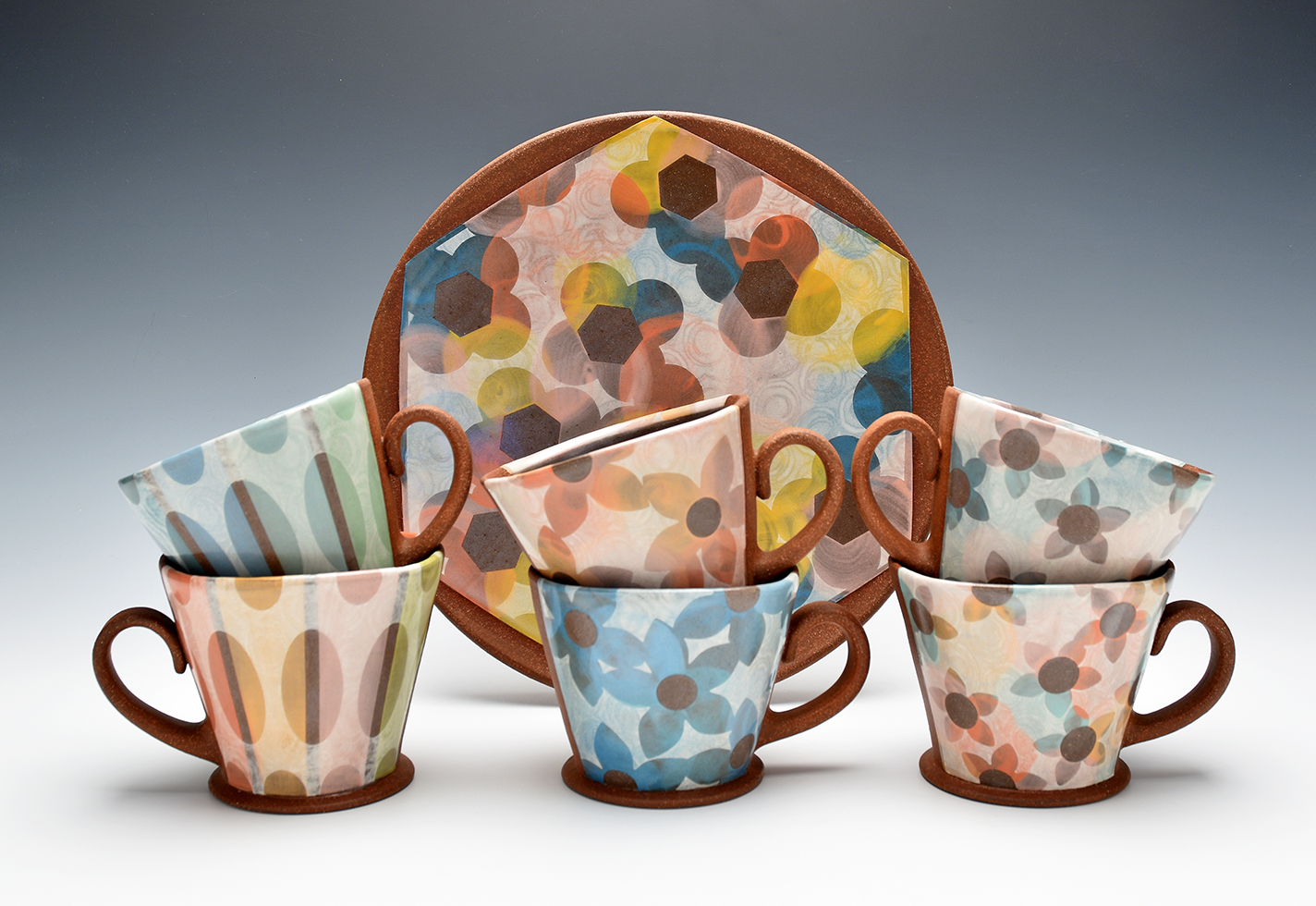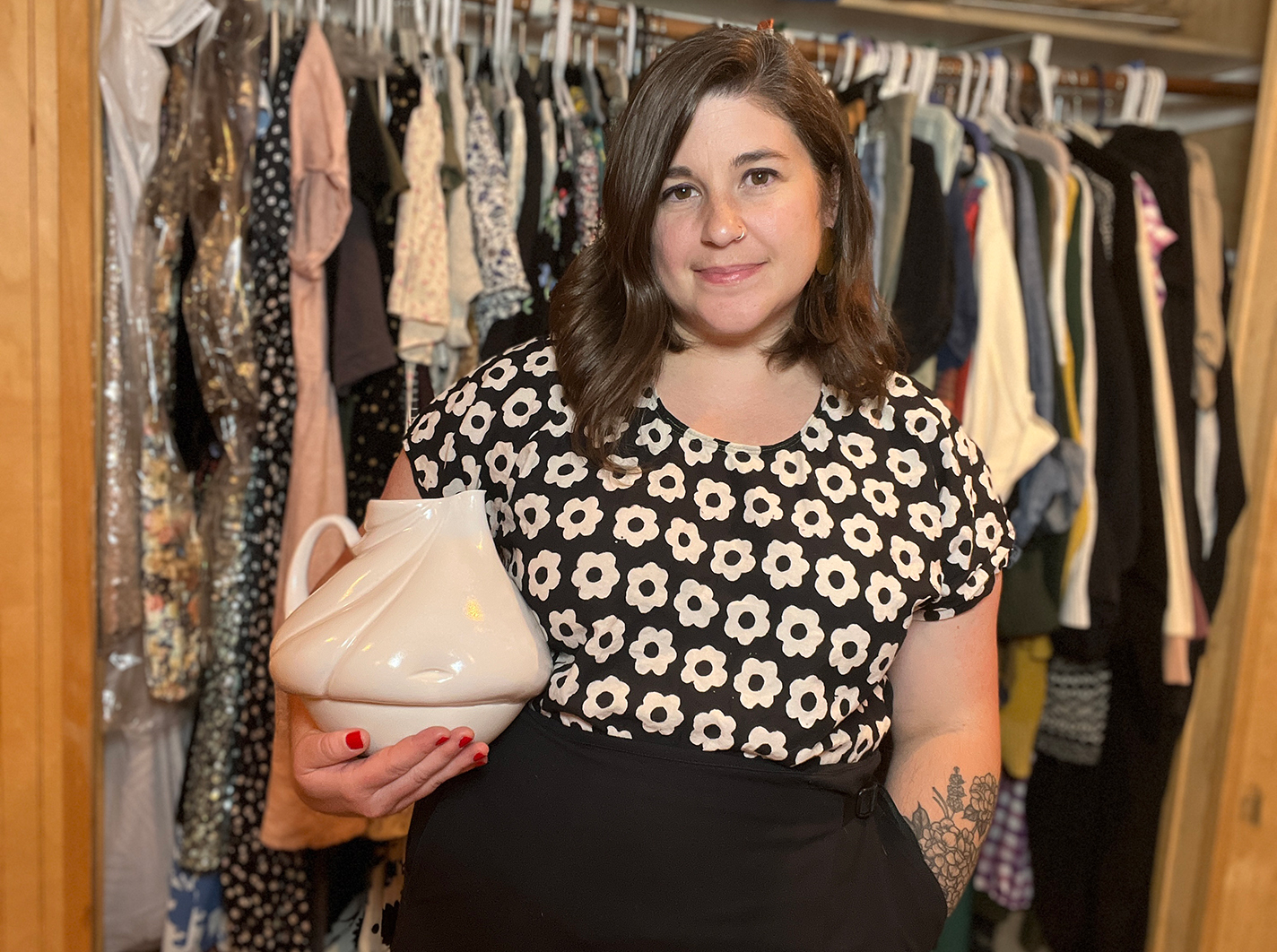For Bill and Shannen Oyster, the joy of making fly-fishing rods lies in taking the long way.
The owners of Oyster Bamboo Fly Rods work out of a storefront in the picturesque mountain town of Blue Ridge, Georgia, where fly-fishing enthusiasts—unique in their feverish obsession with the sport—flock to buy Bill’s masterful works and to learn to make their own. “My love of the craft began with a love of fly-fishing,” Bill says. “It was the most beautiful, artistic, and least practical way to catch a fish, which for some reason appealed to me. These rods are the same.” Crafted from Tonkin bamboo cane from Southern China and decorated with nickel and silver engravings, the rods fetch many thousands of dollars and have been owned and loved by the likes of Jimmy Carter. They can take over 100 hours to make. Bill also teaches classes out of the couple’s store—the waiting list for the six-day intensives is often over two years long. Based on students’ testimonials, it’s worth the wait. Joe Hart wrote about Oyster Bamboo’s intricate rod making operation in “Fishing for Perfection” in the Summer 2025 issue of American Craft.
How do you describe your work or practice in 50 words or less?
Bill: My work is to create classic-style split bamboo rods which are both functional and aesthetically pleasing. Custom touches such as hand engraving and personalized options are a standard. We also teach hundreds of students a year to complete their own rods from start to finish.
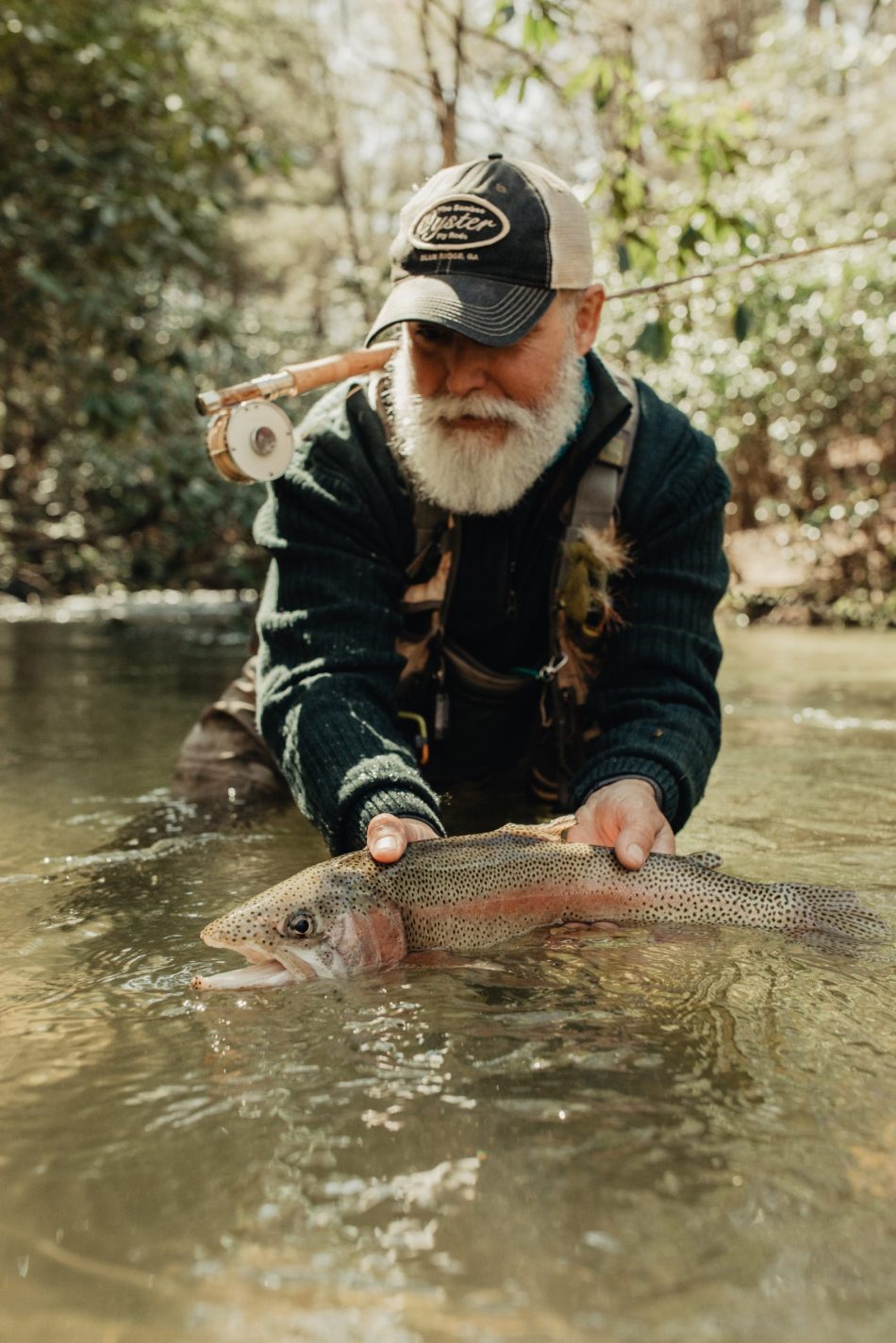
Bill Oyster holds a fish. An Oyster fly rod sits on his shoulder.
